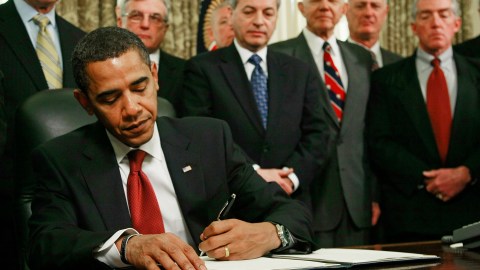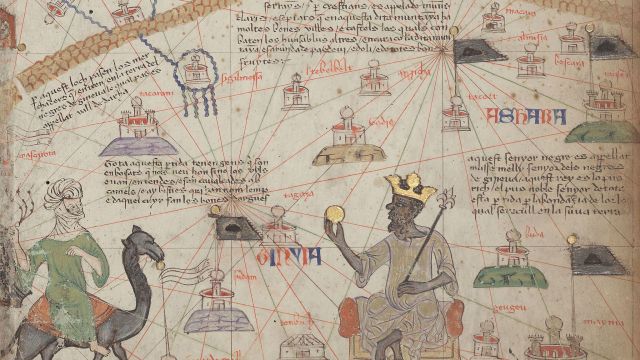Here’s Why Comparing Executive Order Numbers Is a Waste of Time

Over the course of his presidency, Barack Obama issued a total of 276 executive orders, according to the Federal Register. During his eight-year presidency, Obama was criticized for using the powers of the executive office to circumvent the Constitution and Congress by issuing executive orders—more so than any previous president. However, Pew released a chart showing this simply isn’t so. He issued fewer executive orders than President George W. Bush, Bill Clinton, and Ronald Reagan. So, how should we take this information?
It’s important to first define what an executive order is and to understand it has a relative in the presidential memorandum. The executive order has the force of law whereas a presidential memorandum is similar in its legal implications. However, a memorandum tends to govern the actions of specific departments under the executive branch. The reach of the president’s ability to affect change extend beyond the executive order.
Even the Pew report acknowledges their analysis is somewhat limited:
“This analysis focuses on executive orders alone because of data limitations for other types of executive action. (Presidents are required to count and publish executive orders but are not obligated to release memoranda or proclamations.)”
Presidential memorandums only need be published to the Federal Registrar when the president deems they have “general applicability and legal effect,” leaving the president with a lot of leeway.
When it comes to executive orders, by the numbers presidents have been issuing them less and less. Franklin D. Roosevelt was the last president to use them and boy did he – he issued a whopping 3,721 executive orders. However, it’s important to consider he was the longest sitting president with four terms and the one who ran the country during WWII. However, gone are the days when over 1,000 executive orders can go through government unchallenged.
Chris Edelson, an assistant professor at American University’s School of Government, explained to The Daily Dot:
“A president could issue 1,000 executive orders. As long as they were all based on legitimate statutory or constitutional authority, [the executive orders] would be fine. Another president could issue just one executive order like the one FDR relied on to initiate the internment of Japanese Americans during World War II—which was later supported by Congress but should have been recognized as unconstitutional—and be way out of line. The key issue to me is to determine when unilateral presidential action can be justified—sometimes it can be, sometimes not—whether it is carried out by executive order or not.”
But this still doesn’t answer our question about memoranda. Back in 2014, USA Today wrote an article which stated Obama issued more presidential memorandums than any other president.The Washington Post published an excellent piece in response to this article, which called into question USA Today’s claims and made an interesting point: why do we care about the numbers anyway?
John T. Woolley, co-director of the American Presidency Project at the University of California at Santa Barbara—the organization which provides the data on executive orders—told The Washington Post he doesn’t consider this a good use of their data.
Ultimately, he told them, “the counting of memorandums is just about pointless in terms of illustrating what is going on and whether it is controversial.” We’re trying to play a numbers game, when we really need to be focusing on the substance of these executive orders and memorandums. The Washington Post continues:
[N]ot all executive orders are earth-shattering; some appear banal, such as changing the name of the National Security Council staff and making the day after Christmas a holiday for federal workers. Meanwhile, one of the presidential actions on the Affordable Care Act — the delay in implementing the employer mandate — that led to a lawsuit by House Republicans was accomplished through neither an executive order nor a presidential memorandum; it was just a Treasury Department notice.
Focusing on a tally of executive orders, memoranda, or notices is an irrelevant distraction that can’t be compared from one president to another. Like with most things, here quality matters over quantity.
Speaking of quality presidents:





